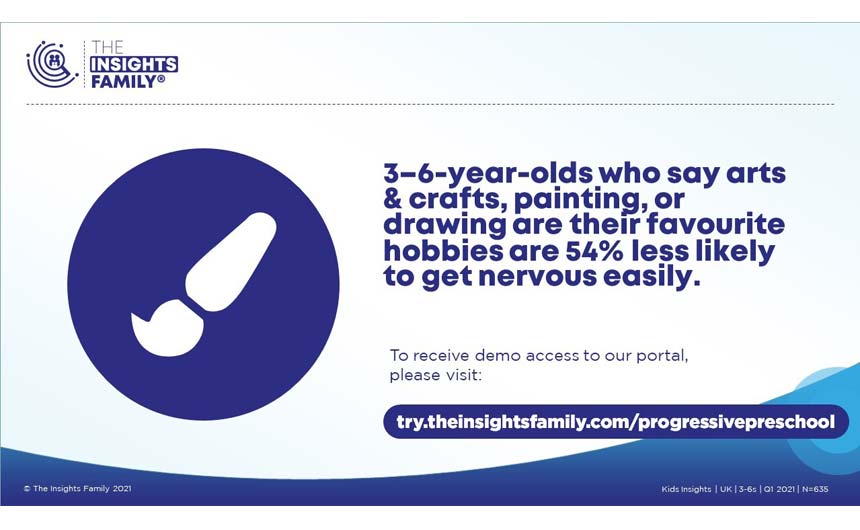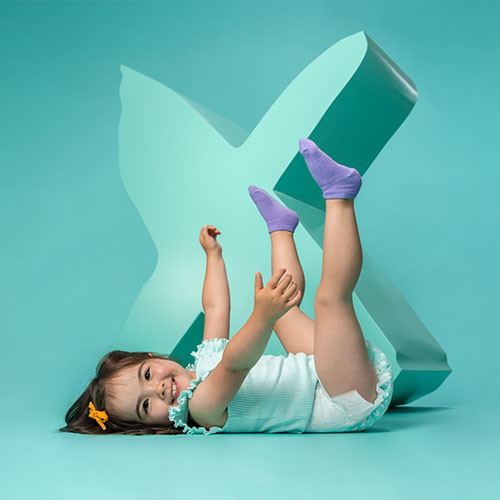Last year saw usual routines when it came to play and toy buying upended by the pandemic, with some new hobbies coming to the fore, as The Insights Family discovers.
Last year showed how kids, as well as their parents, coped with the stresses of the pandemic. In uncertain times, kids changed their usual routines and spent more time participating in arts and crafts or playing with toys.
For girls under six, arts and crafts are now the second favourite hobby. For boys in this same age bracket, drawing was the sixth favourite hobby in Q1 2021. February 2021 saw more children name arts and crafts their favourite hobby, than at any other point since Kids Insights UK launched in June 2017.
After spending an extended amount of time at home, the popularity of board games since January 2021 also increased a record +400%. The most popular games are Snakes and Ladders and Jenga (both 13%), Guess Who (10%), and Hungry Hungry Hippos (9%).
Our data shows these activities have potentially been effective in easing mental health concerns, in a year where wellbeing has been pushed to the forefront of kid’s concerns.
12% more 3-6 year olds are now more concerned about their mental health than a year ago.
For example, 3-6 year olds who say arts and crafts, painting or drawing are their favourite hobbies are 54% less likely to state that they get nervous easily, as well as being 40% less likely to agree that they are someone who worries a lot.
This highlights how some hobbies and playing with toys could help kids fight anxiety and generally has an impact on their wellbeing. Likewise, parents, whose kids (aged 3-6) play with Barbie toys, report that their children do not feel anxious and often enjoy trying new things.

What does it mean to you…?
Currently, parents across the UK and Europe place the highest importance on their children’s toys having educational value to them, demonstrating the increased focus on learning and development at home as we remain subject to the effects of the coronavirus. They are not only trying to entertain kids with new hobbies and toys, but help them to get through uncertain times.
It’s clear that families are changing not only the reason they buy toys, but how they buy them too.
The D2C (direct to consumer) model is emerging as one of the most successful ways of growing sales. With shops closed for much of the year, the pandemic has caused many brands to shift their models; circumnavigating traditional retailers to ensure their products reach the end consumer.
This generation of kids is more discerning and selective than ever before. Direct to consumer models remove the traditional marketing middleman, allowing brands to communicate directly with their audiences. With more oversight on their supply chain and brand, companies can provide a more intimate level of service to their customers. This allows brands to tailor their content and products to the individual, building stronger relationships in the process.
To learn more about the attitudes, behaviour, and consumption patterns of kids, parents, and families, and to get freemium access to the Insights Family real-time data portal, please visit: theinsightsfamily.com/progressivepreschool.






















